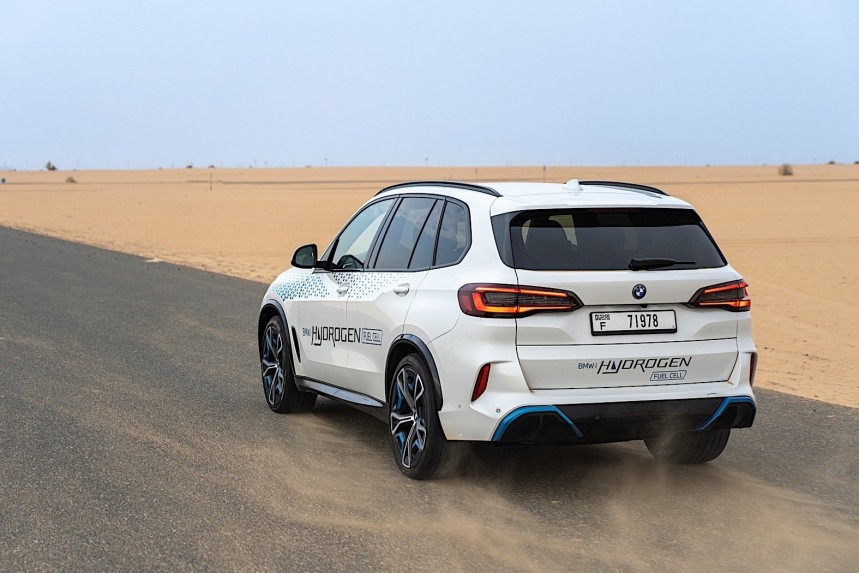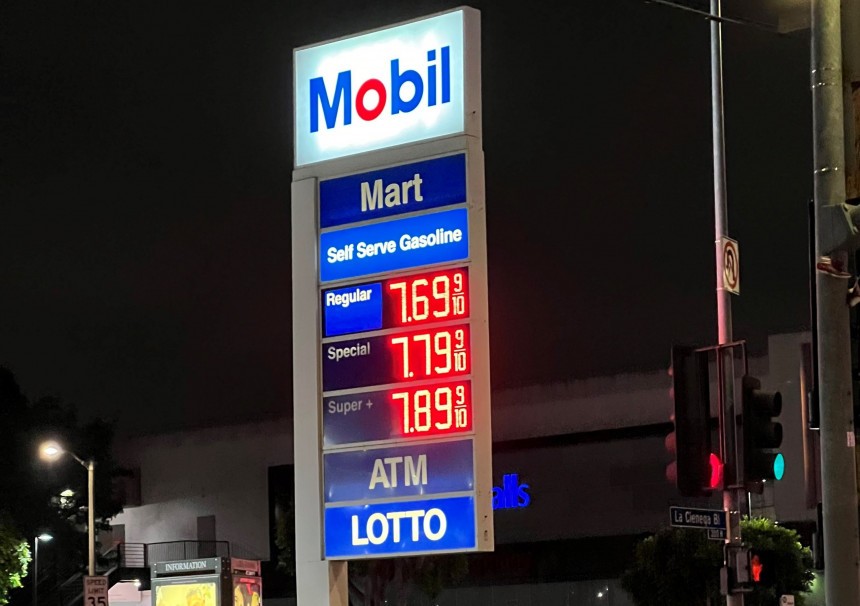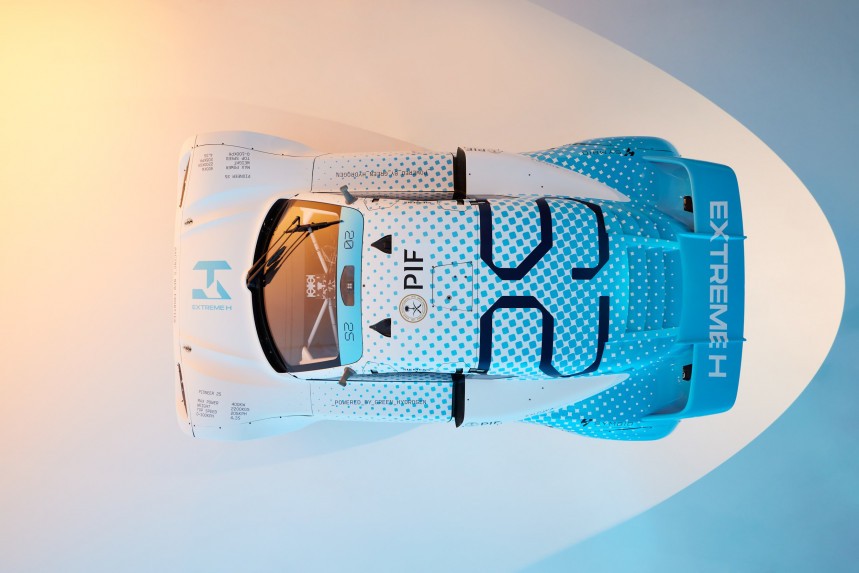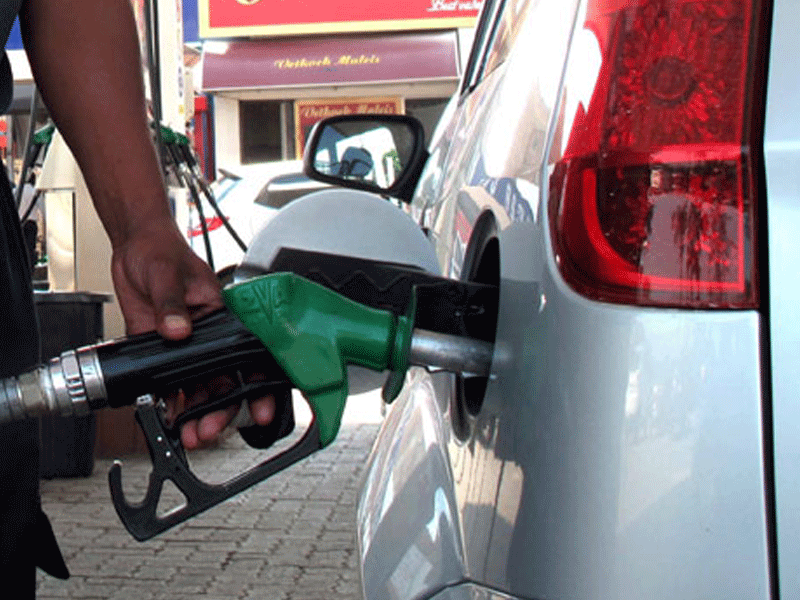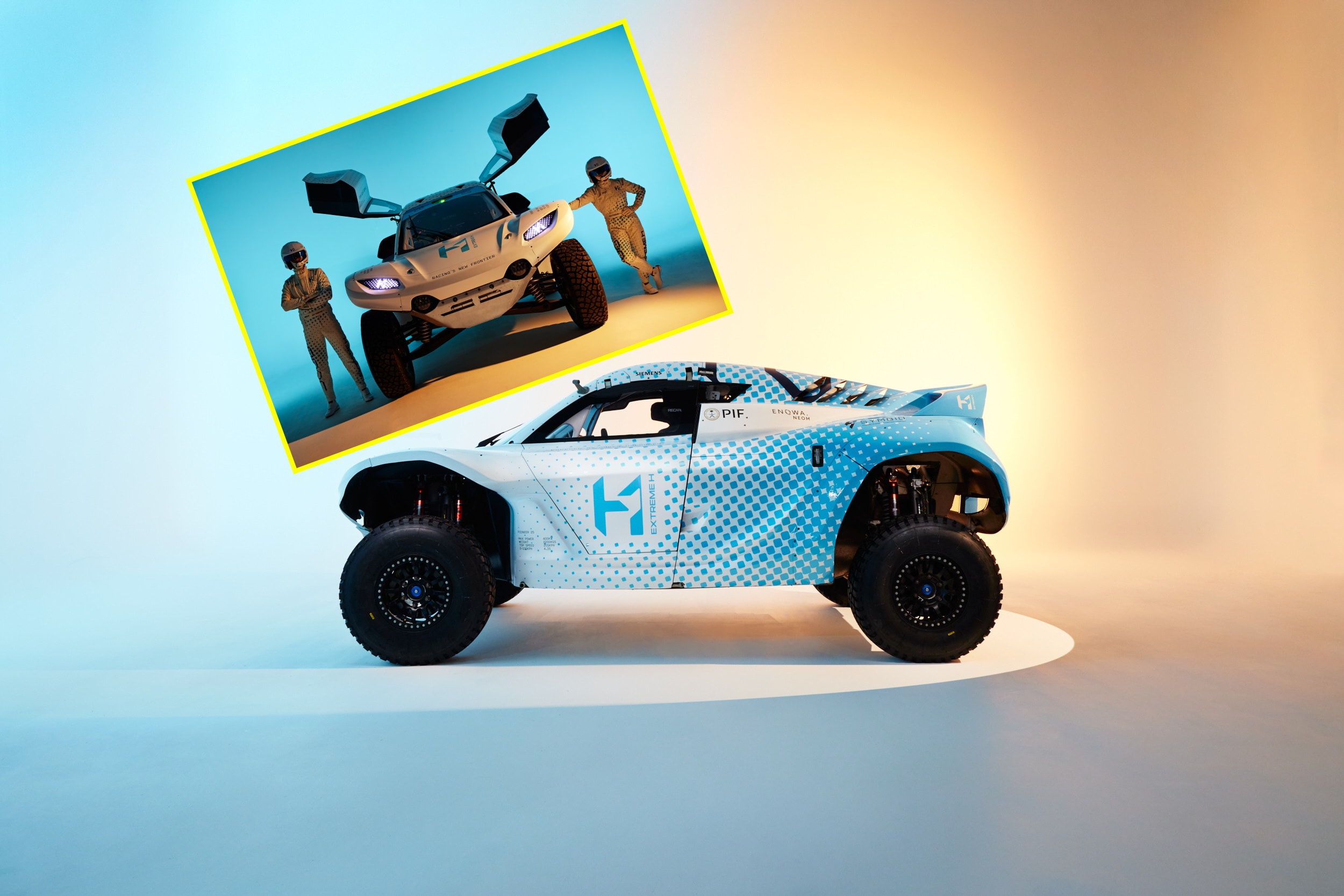
Hydrogen-powered off-road racing? Heck yeah, sign me up! Can’t wait to see new tech put through its paces! Even though it may seem like official racing is a waste of resources, these competitions are paramount for multiple industries. Formula 1, for example, has often been used to test courageous new developments that eventually trickled down to production-series rides.
Now, sponsorships are better suited for tech and financial companies. Of course, let’s not forget watchmakers, media giants, tire manufacturers, and fashion entities.
But our world is changing. Last year, the world’s best-selling car was the Tesla Model Y, a battery-powered crossover SUV. Governments around the world are supporting the transition to zero-tailpipe emission rides through various types of incentives or industry-wide limitations. Companies are following suit because they don’t want to allow the likes of Tesla to govern the new era of automobile propulsion.
But there are a couple of them that believe there’s more than battery-electric powertrains on the horizon.
A new world order?
Toyota, for example, created the hydrogen-powered Mirai and tested it in California and the UK. BMW partnered with Toyota to develop some fuel-cell vehicles (FCEVs) of its own. The limited-edition iX5 is supposed to become a production-series SUV sometime soon. But it’s worth pointing out that the Bavarians have been playing with hydrogen powertrains for quite a while.
However, thanks to Toyota, we learned that these drivetrains aren’t ready for mass adoption. They’re not worse than EVs or conventional rides. It’s just that hydrogen is a very expensive fuel. That’s mostly because it needs to be stored in very specific conditions. Besides that, production remains tricky.
The best kind of hydrogen is mostly produced by electrolysis of water using renewable energy, such as wind, hydro, or solar. That’s green hydrogen, which fits in the whole green, sustainable lifestyle we want for ourselves. After all, the main reason for ditching the internal combustion engine is related to harmful emissions that favor global warming.
It’s not the powerplant to blame, but the fuel. Were we to find some type of gas that doesn’t release huge amounts of carbon monoxide and other particulate matter into the atmosphere, the engine would continue to live on. Nobody would dare to scrap it, especially after billions were invested to make it as efficient and as powerful as possible.
Colors and geopolitics
Another good type of hydrogen is pink or purple. It’s still made by electrolysis but using nuclear power. But in today’s world, the most common type of hydrogen is grey, which means that it’s extracted from natural gas through steam-methane reforming. That’s not what you want because it would keep fossil fuels at the top of the food chain, which many are fighting to avoid. After all, we’ve all seen how influential an organization like OPEC+ can be. It can even affect the price of gas in the US, despite America not being a member of the cartel-like entity.
Similarly, look at China. It has invested hundreds of billions of dollars in its automotive industry and managed to secure almost everything it needs to manufacture affordable battery-electric rides. A short supply chain can do wonders for the auto industry. Europe and North America are now trying to stop Chinese EVs from taking over their markets with tariffs. That’s how bad it has gotten.
As such, hydrogen could be a way out of both China’s hegemony and OPEC+’s undesired influence. Germany, for example, has started taking hydrogen very seriously. There are many hydrogen stations where the sustainable fuel is sold for €15.75 per kg ($16.85 per 2.2 lb).
So, one could safely argue that hydrogen-powered rides needed a boost. FIA-sanctioned racing could just be the much-desired nudge in the right direction. That’s Extreme H! Those behind the championship envisioned a vehicle and just introduced its official racing car. It’s called the Pioneer 25, a unit we first reported about over two years ago.
Spark Racing Technology, a company that was initially founded with the sole scope to manufacture chassis for Formula E, manufactures the Pioneer 25. The vehicle uses a Symbio-made hydrogen 75-kW fuel cell. The name sounds fancy, but it’s just an electrochemical cell that uses hydrogen and oxygen to create electricity. The byproduct? Water vapor. That’s it.
Power and strategy
The racing vehicle’s maximum power output is limited to 542 hp (550 ps / 400 kW). It weighs 4,850 lb (2,200 kg) and measures 94.9 inches (2.4 meters) in length. It should be capable of reaching 62 mph in 4.5 seconds. The model also uses driver-adjustable Fox shock absorbers.
Racing teams will be allowed to change front and rear body parts and the lights. Carmakers could make their Pioneer 25 look like one of their SUVs or preview an upcoming model.
The vehicle will be put through its first official test in Scotland, UK, at the Extreme E (aka Formula Off-Road) Hydro X Prix.
Both Carlos Sainz and Jenson Button agree that Extreme E should evolve like a cool Pokemon into Extreme H because that’s where there’s a lot of research needed.
One more thing that might be of interest is that Saudi Arabia’s Public Investment Fund (PIF), which also controls America’s Lucid Motors and has agreements with numerous other auto manufacturers, is deeply involved in the world’s first hydrogen-powered off-road racing championship. PIF created NEOM, which will spend around $5 billion to build an environmentally friendly hydrogen production facility.
Let’s just hope they’ll support the production of green or pink hydrogen.
Finally, Extreme H is scheduled to have its first race in Saudi Arabia in 2025. The championship will end in the US. Starting next year, it will be fully sanctioned by the Federation Internationale de l’Automobile (FIA).

